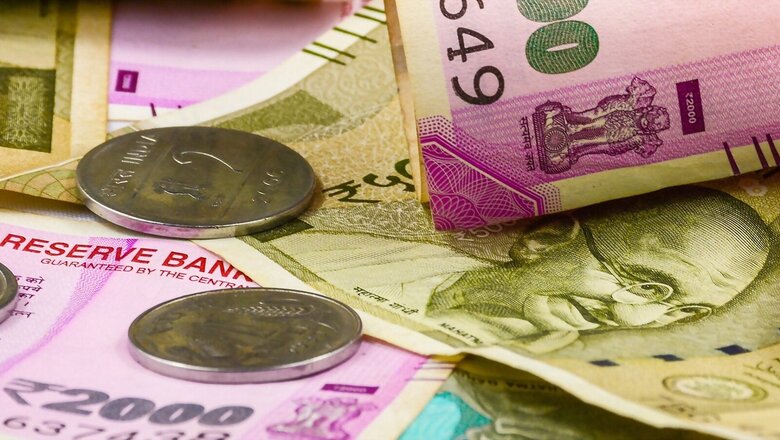
views
After hitting the highest levels in three and a half years on Tuesday, India’s benchmark 10-year bond yield on Wednesday cooled off by about 3 basis points to 7.491 per cent despite a 50-basis -point hike in the repo rate by the RBI’s Monetary Policy Committee. The hike is lower than what some traders expected, as some of them felt that the RBI will also raise the cash reserve ratio to suck out more liquidity from the system due to high inflation.
The yield on the 10-year benchmark 6.54 per cent 2032 paper slipped to 7.491 per cent on Wednesday, which was 3 basis point lower than the 7.52 per cent recorded on Tuesday. Bond yield falls when its price rises.
ICRA Chief Economist Aditi Nayar said, “While further rate hikes remain clearly on the table, with the reference to the revised repo rate of 4.9 per cent remaining below the pre-pandemic level, the comment on the orderly completion of the government borrowing programme has served to cool the 10-year G-sec yield.”
The repo rate is the rate at which the RBI lends money to commercial banks, while the CRR is the percentage of cash that banks need to keep in reserves vis-à-vis their total deposits.
Nayar added that she foresees further repo hikes of 35 bps and 25 bps, respectively, in the next two policies. However, the upmarch in the yields will now be somewhat shallower than the earlier expectations, she added.
On asked if the fall in bond yields can have an impact on inflation or liquidity, Bank of Baroda Chief Economist Madan Sabnavis told news18.com, “The movement in bond yields usually does not impact liquidity in the system as the government has a fixed borrowing programme that takes place every Friday. The movement in the bond yield doesn’t generally affect the quantum of borrowing.”
However, a change in the benchmark yield prompts bankers to change their interest rates on both deposits and loans.
The RBI’s Monetary Policy Committee on Wednesday decided to hike the key repo rate by 50 basis points to 4.90 per cent. It also decided to remain focused on the withdrawal of accommodation to ensure that inflation remains within the target going forward, while supporting growth.
The central bank also revised upwards by 100 basis points its retail inflation forecast to 6.7 per cent for the current financial year 2022-23, compared with the 5.7 per cent projected earlier. The retail inflation in April stood at an eight-year high of 7.79 per cent. However, the RBI has the mandate to keep it within 2-6 per cent.
Crisil Chief Economist D K Joshi, “The bond yield has fallen today (Wednesday) after the repo rate hike by the Monetary Policy Committee. It can be a positive news for the economy as the cost of borrowing comes down with a fall in bond yields.”
What Are Bonds And Their Yields?
A bond is a fixed income instrument that represents a loan made by an investor to a borrower (typically corporate or governmental). Bonds are used by companies, municipalities, states, and sovereign governments to finance projects and operations. In India, 10-year government securities (G-Sec) is the benchmark sovereign bond. Yields are the returns on bonds. The movements of bond yields and prices are opposite to each other. When bond prices rise, yields fall and vice-versa.
Read all the Latest Business News here




















Comments
0 comment